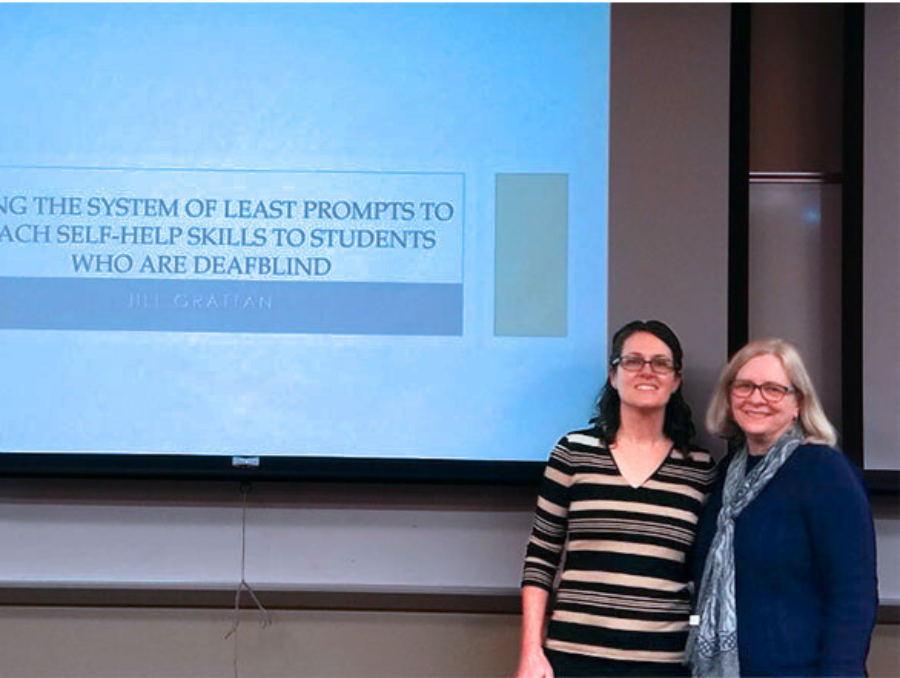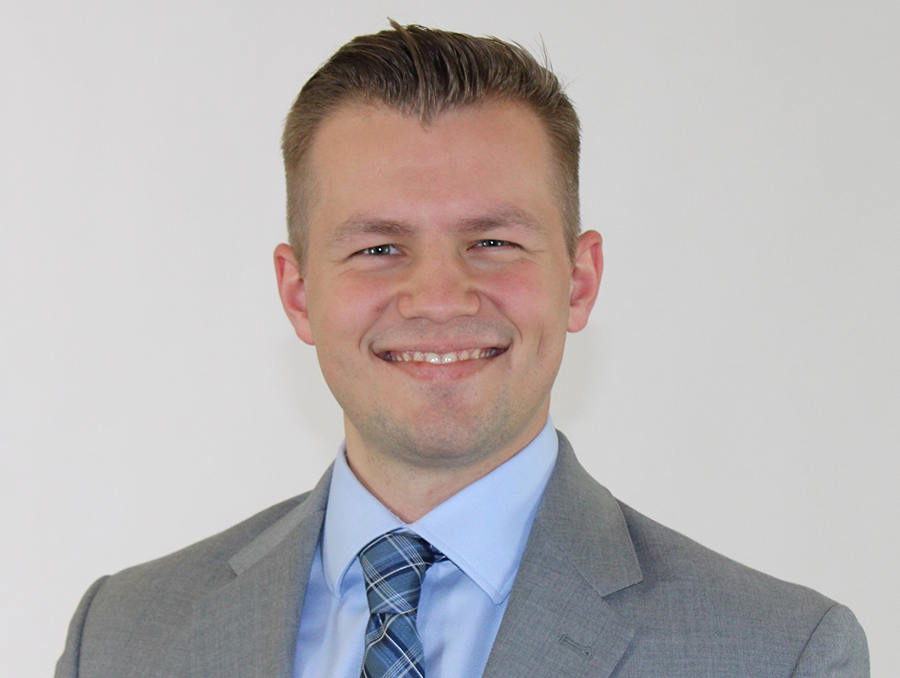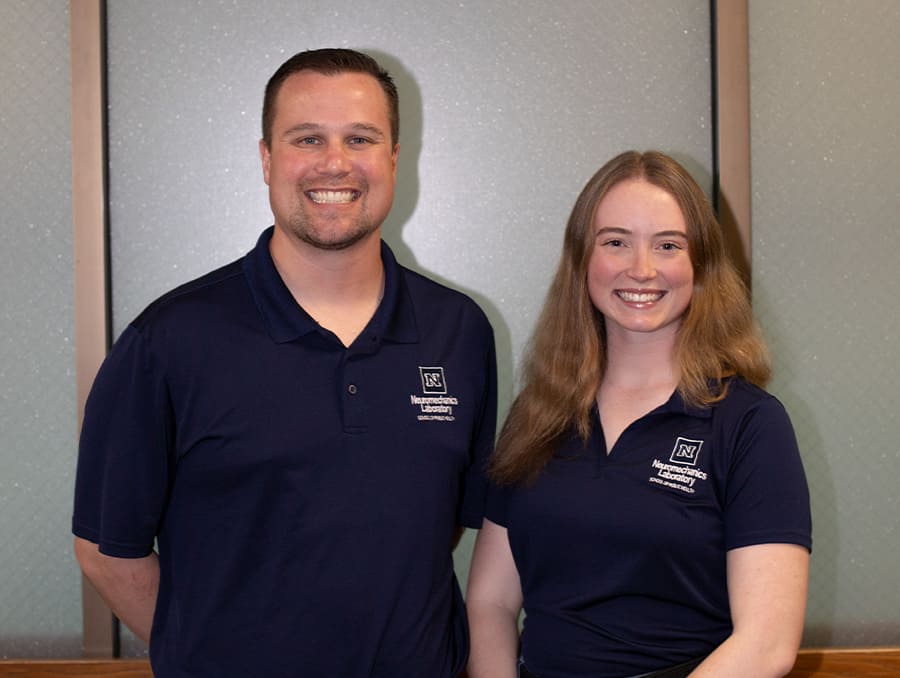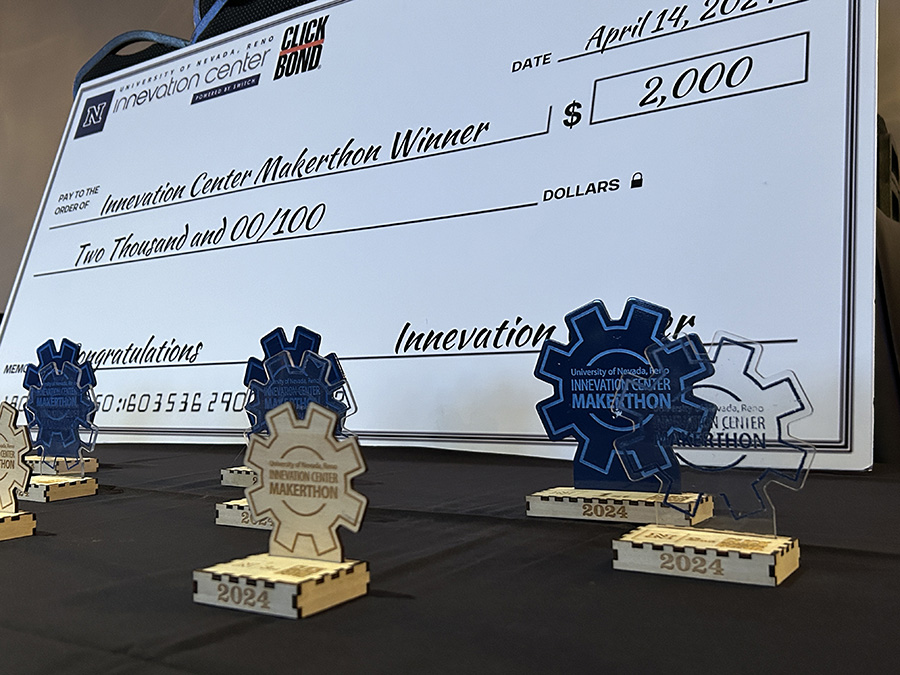The Lake Tahoe ecosystem has undergone dramatic changes in the last 50 years. Whether it is documenting a significant decline in native species at the lake bottom, determining how to manage invasive pests, or guiding the recovery of the lake’s fragile clarity, scientists play a critical role in providing information to managers to guide the recovery of the lake. It’s the interconnected, cross-disciplinary studies such as those conducted by DRI and the University of Nevada, Reno that help agencies in their efforts to preserve Lake Tahoe.
“The University and DRI have highly cooperative, productive and ongoing research programs across a variety of topics in the Lake Tahoe Basin that are doing their best to provide quality science to inform basin managers and policymakers,” said Mike Collopy, assistant vice president for research; executive director, Academy for the Environment; and director, Office of Undergraduate Research at the University of Nevada, Reno.
This year’s Tahoe Summit report from the University and DRI about research activities at Lake Tahoe profiles many talented researchers who have invested their careers in preserving Lake Tahoe, with details about their diverse topics of study.
“By far, the two Nevada institutions provide the key information related to most topics concerning the restoration of the Tahoe watershed, including air, land, water and human interactions,” Sudeep Chandra, a longtime Tahoe researcher, limnologist and associate professor at the University of Nevada, Reno, said. “Each of our many studies conducted by the diversity of scientists trained in soil, forest, geology, atmosphere or limnological disciplines integrates into agency efforts to protect the lake. Working together with other universities in the region, we are able to create better public policy that benefits our citizens.”
Jim Thomas, senior director for the Center for Watersheds and Environmental Sustainability at DRI, agreed. “Our two institutions serve Nevada and the Tahoe Basin by extending expertise, knowledge and program leadership in the area’s atmospheric processes; groundwater and surface water interaction; storm-water monitoring; the modeling and predicting of wildfire; soils and nutrient cycling as it relates to impacts on water quality; the study of the impact of fire on soils; invasive plants and water quality; and species diversity including aquatic ecology.”
“There are dozens more examples where our researchers are achieving synergies through the sharing of knowledge and ideas, the collaboration of research and ultimately the combination of talent. We have a list here of high-priority projects for 2010, but it’s really just a sampling of the spectrum of work we all do,” Collopy said.
DRI and UNR “Top 10” Actions to Preserve Lake Tahoe - 2010
To better manage the environment at Lake Tahoe, a number of research projects are underway and milestones have been reached to better help public agencies in their mission to protect and preserve the jewel of the Sierra.
- Debunked the theory that invasive quagga mussels can’t live in Lake Tahoe; actively working with agencies to develop a Blue Boater program to protect the lake from harmful critters that could destroy the efforts to protect the lake’s clarity and fisheries.
- Scaled-up management research project laying out mats on the lake bottom to control the invasive Asian Clam, an invertebrate that contributes to algal blooms on the lake’s southeastern shores; and developed mitigation plan for invasive large-mouth bass, a warm-water fish that would change the lake’s biodiversity and reduce the lake’s near-shore clarity.
- Developed protocols for monitoring, reporting and evaluating the performance of storm-water management and erosion-control projects in the Lake Tahoe Basin.
- Assisted fire managers to optimize controlled burn practices by balancing environmental impacts with economic growth and recreation.
- Identified the sources and amounts of nutrients (nitrogen and phosphorus that lead to algal growth) and fine sediment that enter the Lake; monitored effects of sediment loading following Angora Fire.
- Created more efficient monitoring programs to save money for agencies, by developing a new buoy-based monitoring system to study impacts in near-shore habitats.
- Installed real-time monitoring devices to get accurate measurements of air quality and emissions, including assessing the impact of best management practices (BMPs) designed to reduce the loading contributions from road dust re-suspended by vehicles.
- Completed underwater mapping of the West Tahoe Fault through Tahoe and Fallen Leaf Lake, showing potential of dramatic changes to Tahoe sediment loading by single-event seismic occurrences.
- Created an informational poster, Preserving Tahoe, and working with K-12 programs to help incorporate Tahoe issues and research and environmental principles into the classroom.
- Developed a Lake Tahoe Basin Integrated Science Plan through the Tahoe Science Consortium to guide restoration efforts.
An electronic copy of “Tahoe, A Legacy of Research, Education & Outreach” is available by clicking the link on the title, or visiting Newsroom. Hard copies of the report and the new Tahoe Poster will be available at the Tahoe Summit.
The Tahoe Summit, hosted this year by U.S. Sen. Harry Reid, is on Tuesday, Aug. 17 at 10 a.m. in the amphitheater at Sand Harbor in the Lake Tahoe-Nevada State Park, located three miles south of Incline Village on State Route 28.















